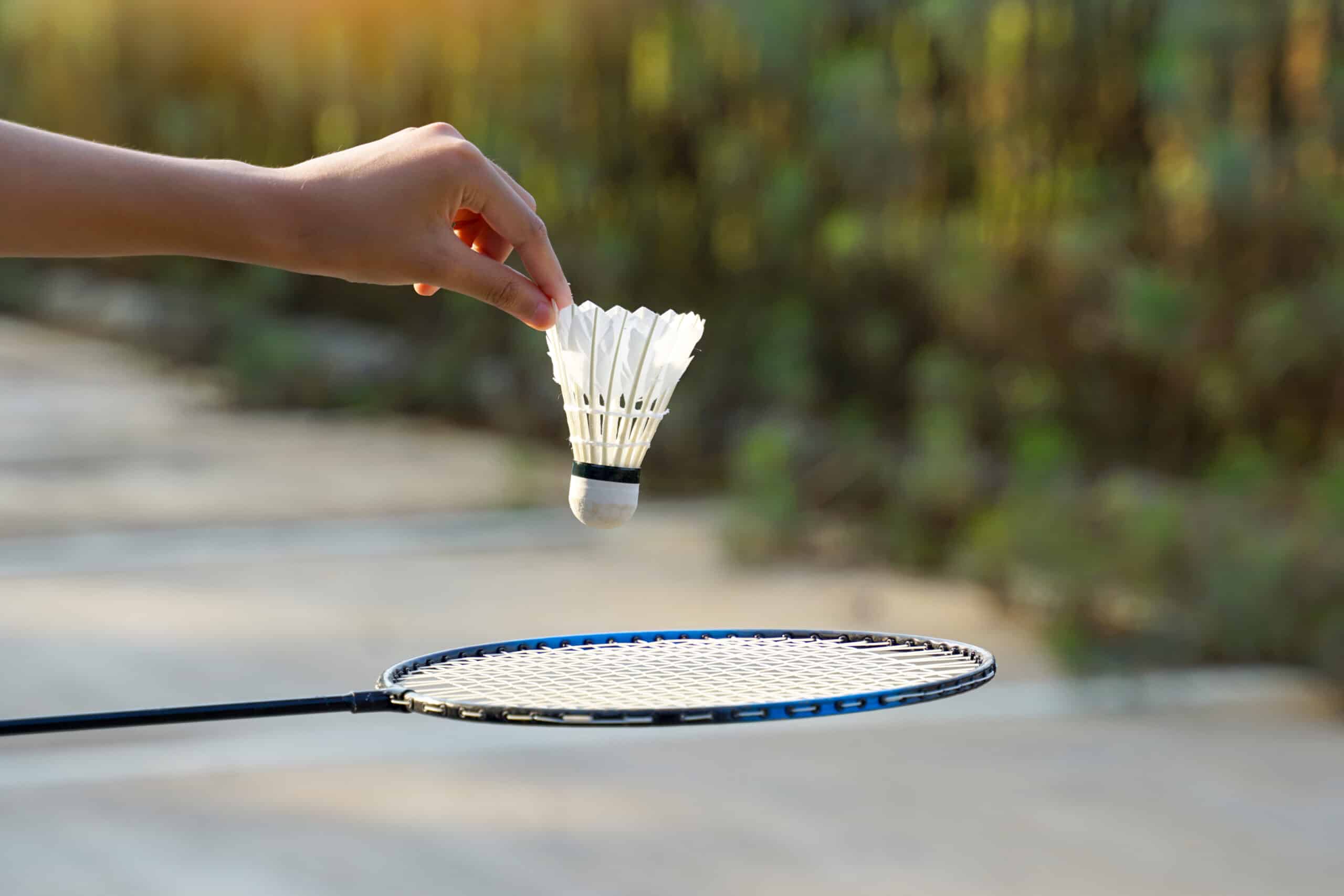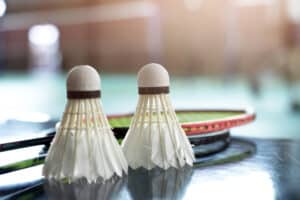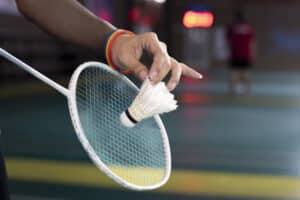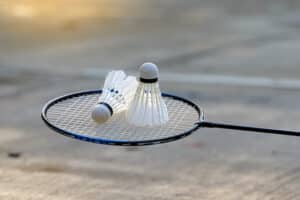What is the Difference Between Indoor and Outdoor Badminton?
Key Takeaways
- Equipment differences: Indoor rackets have a smaller head size and more flexible frame, while outdoor rackets have a larger head size and stiffer frame. Indoor shuttlecocks are made of plastic and are heavier, while outdoor shuttlecocks are made of feathers and are lighter.
- Court surface differences: Indoor courts are typically smooth and level, while outdoor courts can have different surfaces such as grass or asphalt. The surface affects the speed and bounce of the shuttlecock.
- Lighting and environment differences: Indoor courts are well-lit with artificial lighting, reducing shadows and glare. Outdoor badminton relies on natural lighting, which can vary. Indoor badminton is played in enclosed spaces with controlled temperature, while outdoor badminton takes place in parks or gardens with factors like wind affecting gameplay.
Badminton is a popular sport played both indoors and outdoors. While the basic rules and objective remain the same, there are several key differences between indoor and outdoor badminton that affect the gameplay, equipment, court surfaces, and overall experience. In this article, we will explore these differences in detail, providing you with a comprehensive understanding of how indoor and outdoor badminton differ from each other.
Equipment Differences
One of the primary differences between indoor and outdoor badminton lies in the equipment used. Indoor rackets have a smaller head size and a more flexible frame, allowing for better control and maneuverability. On the other hand, outdoor rackets have a larger head size and a stiffer frame, providing more power and stability for shots. The strings also differ, with indoor strings being thinner and tightly strung, while outdoor strings are thicker and looser.
Shuttlecocks used in indoor and outdoor badminton also vary. Indoor shuttlecocks are made of plastic and are generally heavier, providing better stability and control. Outdoor shuttlecocks, on the other hand, are made of feathers and are lighter, allowing them to move more easily through the air.
Court Surface Differences
The surface on which badminton is played is another significant difference between indoor and outdoor games. Indoor courts are typically made of smooth and level surfaces like wood or synthetic materials. The smooth surface allows for quick movements and precise footwork. In contrast, outdoor courts can have different surfaces, such as grass or hard surfaces like asphalt or concrete. The type of surface affects the speed and bounce of the shuttlecock, requiring players to adapt their gameplay accordingly.
Lighting and Environment Differences
Indoor badminton courts are well-lit, ensuring maximum visibility for players. The continuous artificial lighting reduces shadows and glare, allowing players to track the shuttlecock more easily. On the other hand, outdoor badminton relies on natural lighting, which can vary depending on the time of day and weather conditions. This can pose challenges for players, particularly in low-light situations or when there are shadows from surrounding objects.
Another difference lies in the playing environment. Indoor badminton is played in enclosed spaces, providing a controlled temperature without wind or direct sunlight. This allows for consistent playing conditions and eliminates external factors that could impact gameplay. Outdoor badminton, on the other hand, takes place in parks or gardens, allowing players to enjoy fresh air and sunshine. However, the outdoor environment introduces factors like wind, which can greatly affect the trajectory of the shuttlecock and require players to adjust their shots accordingly.
Rules and Regulations Differences
There are also differences in the rules and regulations between indoor and outdoor badminton. Indoor courts are typically smaller than outdoor courts, with specific dimensions of 18.5m long and 6.1m wide. Outdoor courts, on the other hand, are larger, measuring 20m long and 5m wide. The net height is also slightly different, with outdoor badminton having a slightly higher net than indoor badminton. Additionally, the scoring system differs between indoor and outdoor badminton. Indoor badminton uses a rally point system, where points can be scored by both the serving and receiving side. Outdoor badminton follows a traditional scoring system, where points can only be scored by the serving side.
Strategies and Techniques Differences
The differences in equipment, court surfaces, and playing conditions also influence the strategies and techniques employed in indoor and outdoor badminton. In indoor badminton, players can focus on quick lateral movements, precise shot execution, and aggressive tactics. The controlled environment and predictable court surface allow for strategic plays that require speed and accuracy. Outdoor badminton, on the other hand, requires players to adapt to wind conditions, adjust shot trajectories, and consider environmental factors in their tactics. The wind can greatly impact the flight of the shuttlecock, making it necessary for players to adjust their shots and rely on different strategies to succeed.
Conclusion
In conclusion, indoor and outdoor badminton differ in various aspects, including equipment, court surfaces, lighting, rules, and strategies. The choice between playing indoors or outdoors ultimately depends on personal preferences, availability of facilities, and the specific playing conditions desired. Both variations of the sport offer unique challenges and opportunities for players to showcase their skills. Whether you prefer the controlled environment and precise gameplay of indoor badminton or the adaptability and challenges of outdoor badminton, the sport offers something for everyone.
Related Websites:
FAQs:
Q: What is the difference between indoor and outdoor badminton?
Indoor badminton is played inside a controlled environment with specific lighting conditions, while outdoor badminton is played outside in natural lighting. The type of shuttlecocks used also differs between the two variations.
Q: Why is indoor badminton popular?
Indoor badminton is popular because it allows for precise shots and agility due to the controlled environment and lighting. It also eliminates the influence of wind and other natural factors.
Q: Why do some prefer playing badminton outdoors?
Some prefer playing badminton outdoors because it offers a different experience with natural lighting and the challenge of adapting to weather conditions. It provides a more dynamic and unpredictable gameplay.
Q: What are the key differences between indoor and outdoor badminton?
The key differences include court dimensions and surfaces, lighting and environmental aspects, shuttlecock selection, and factors affecting gameplay and strategies.
Q: What factors should I consider when choosing between indoor and outdoor badminton?
When choosing between indoor and outdoor badminton, consider your personal preferences and playing style, the availability and accessibility of facilities, weather conditions and climate, as well as convenience and cost considerations.






